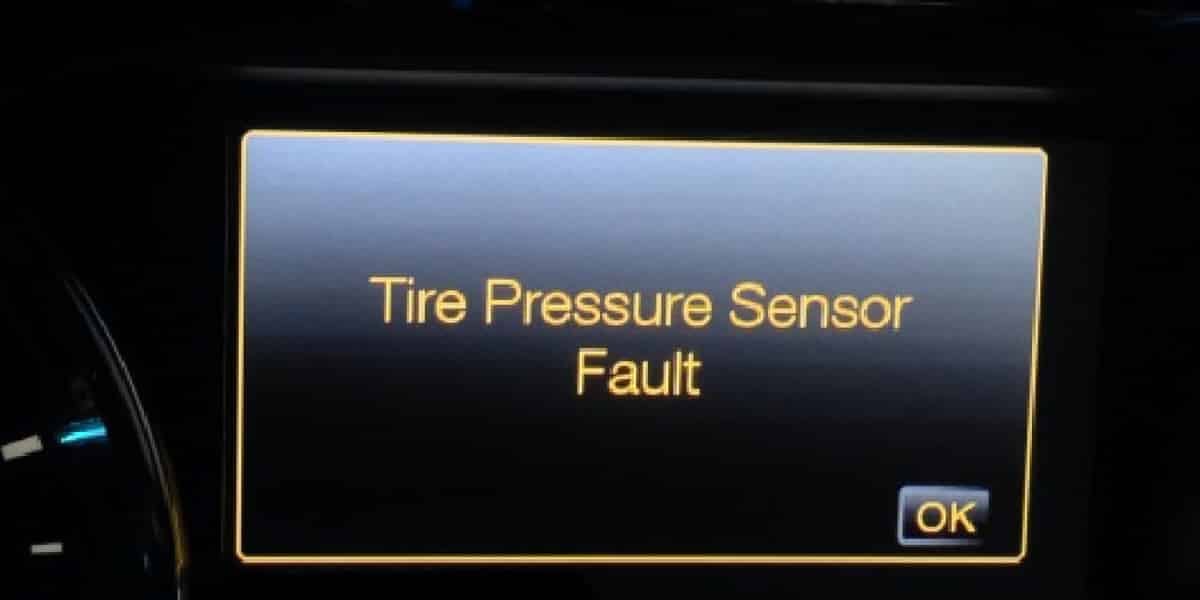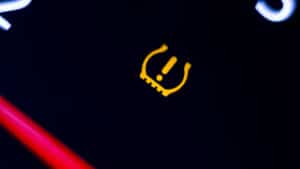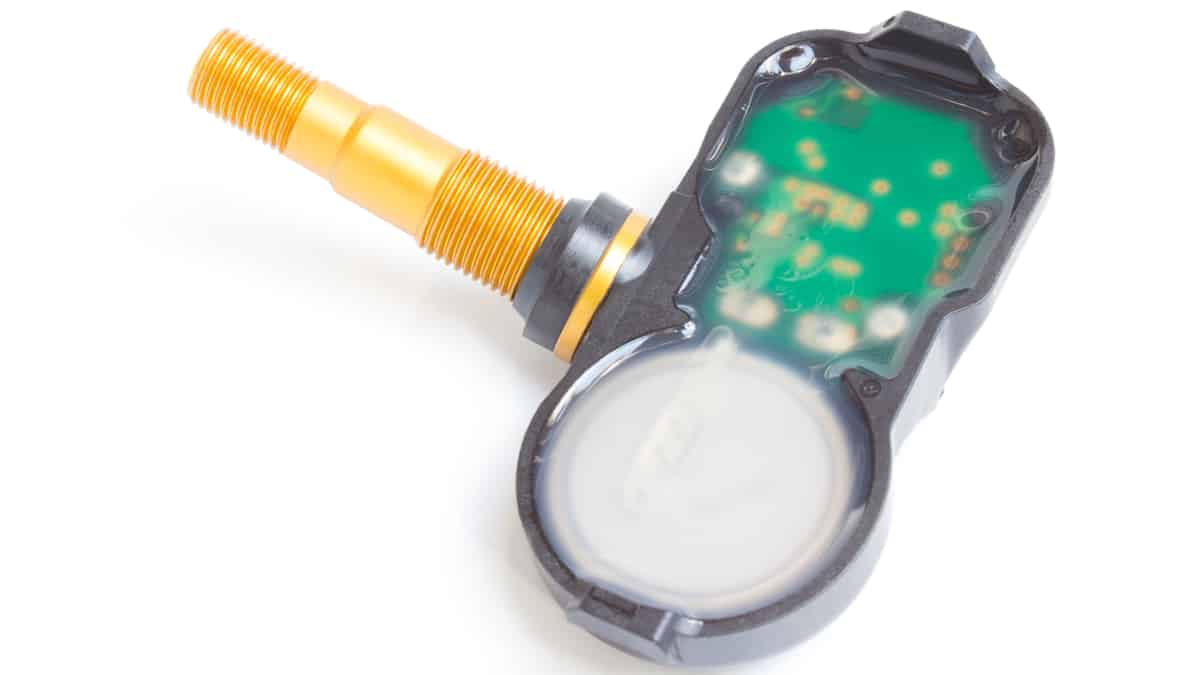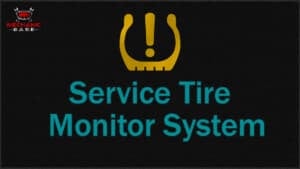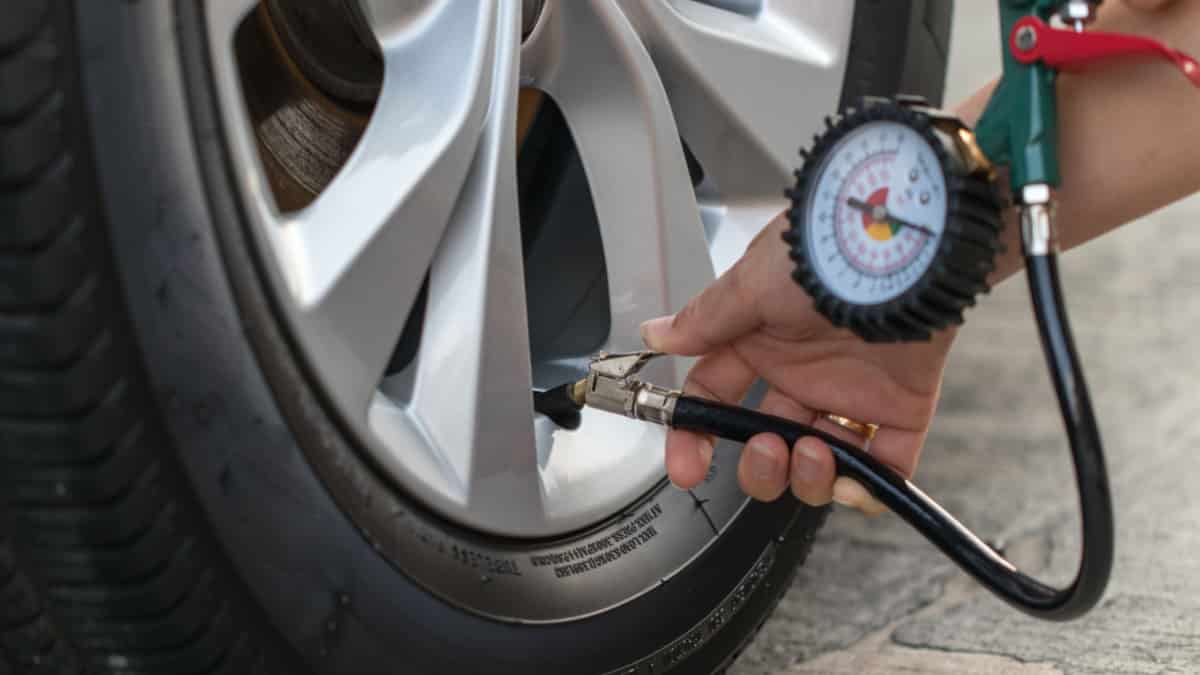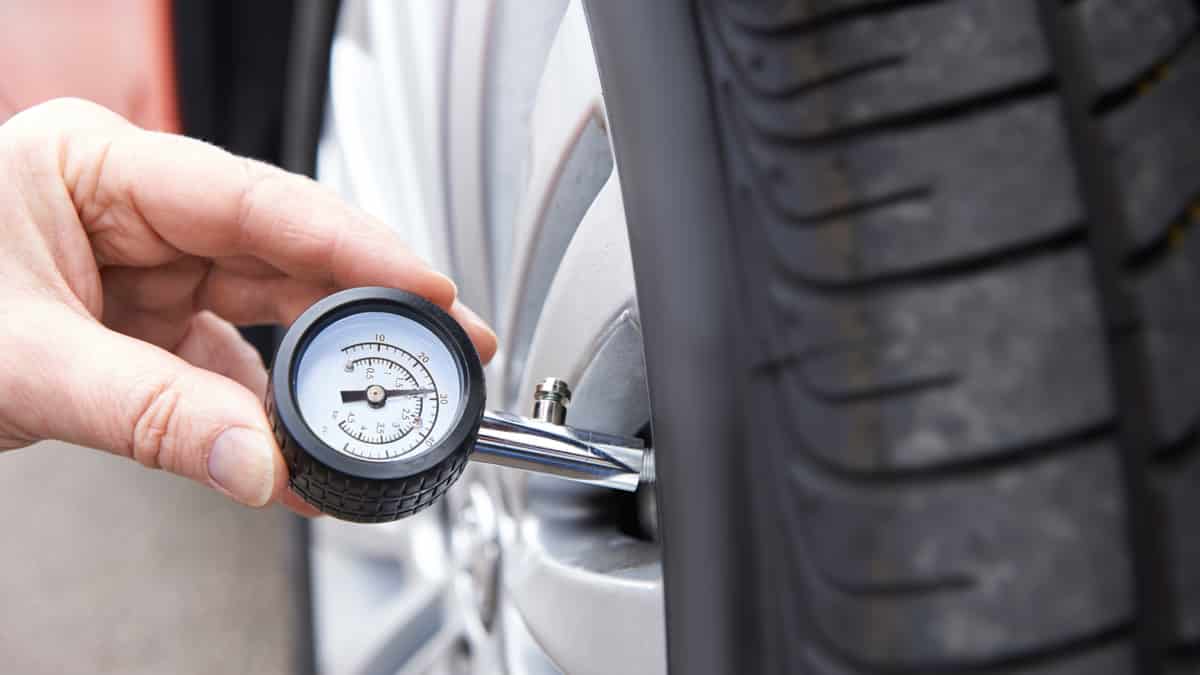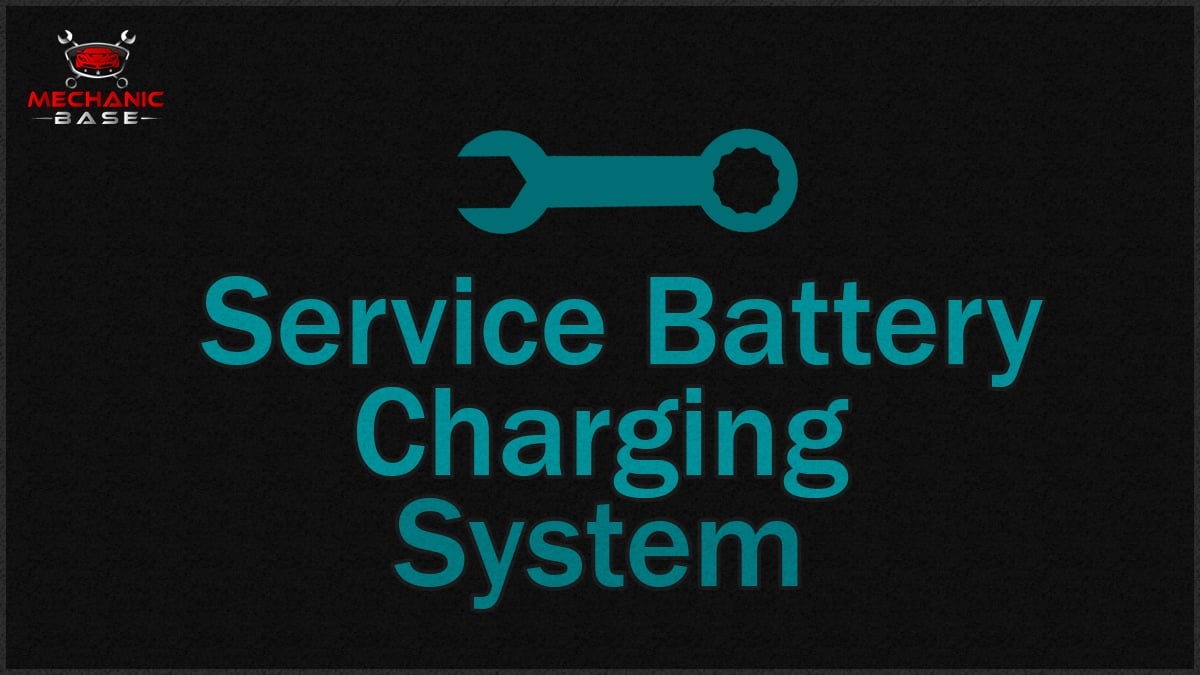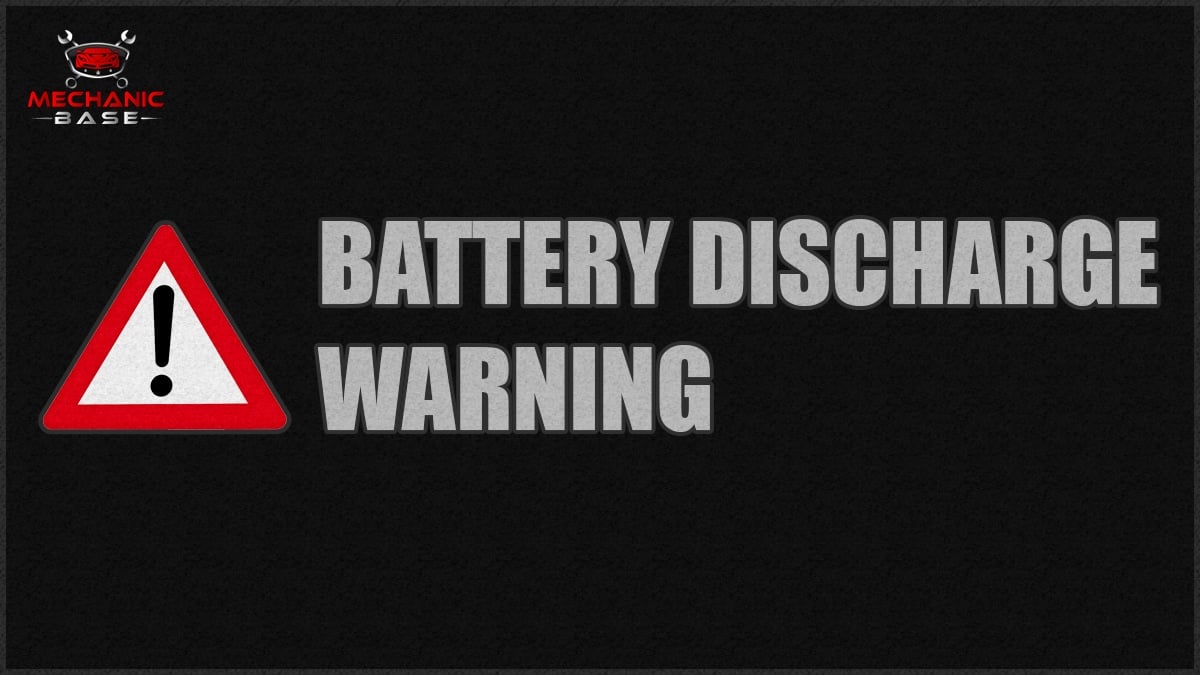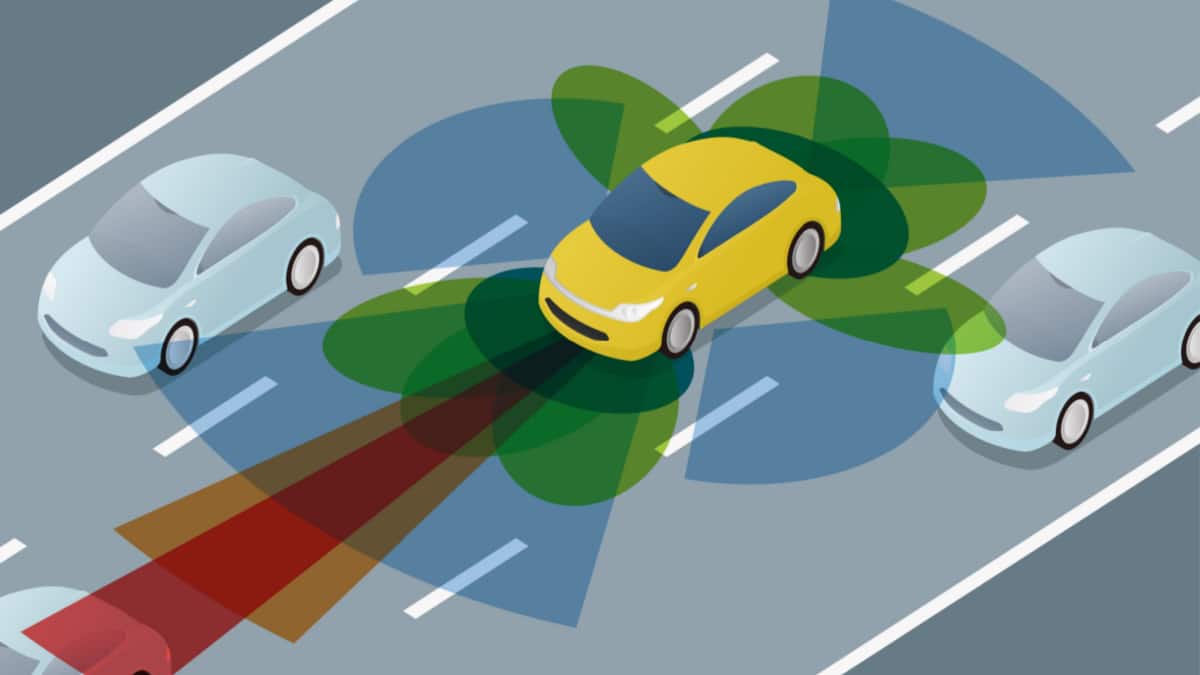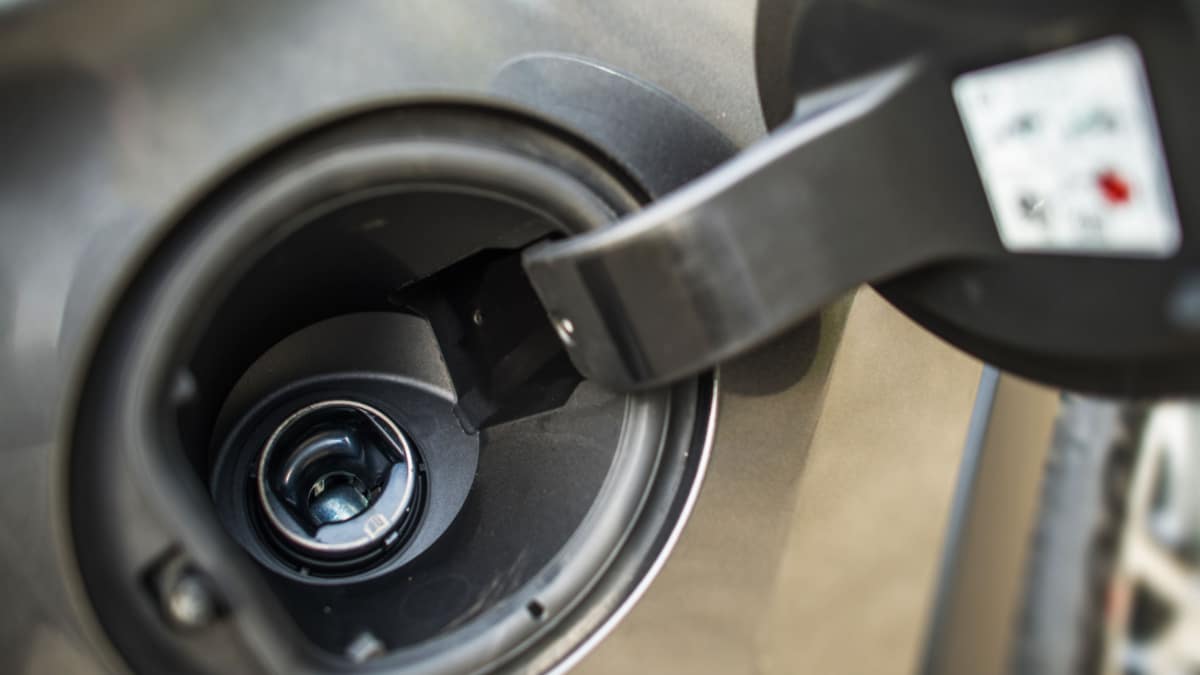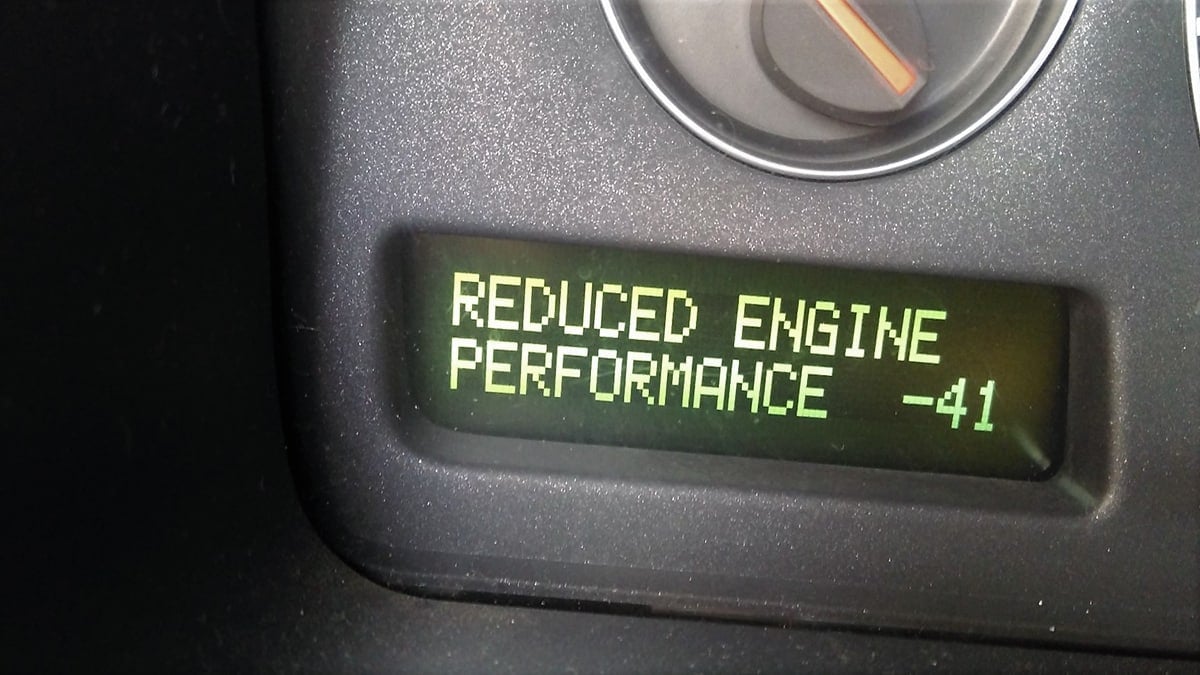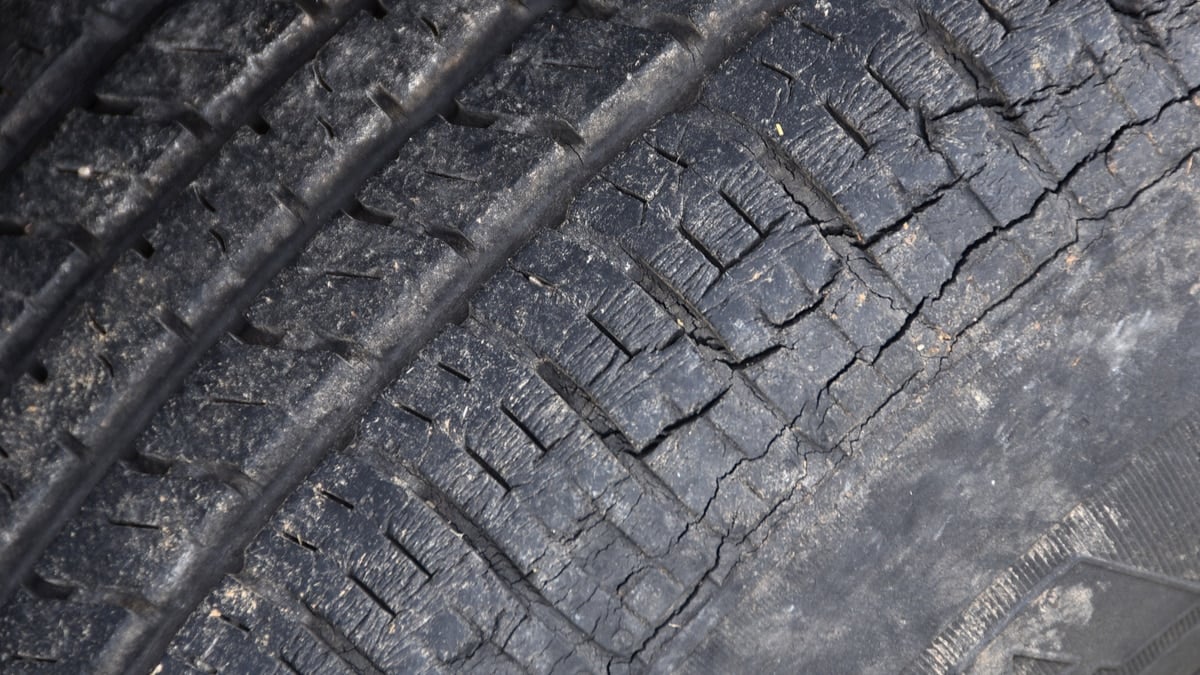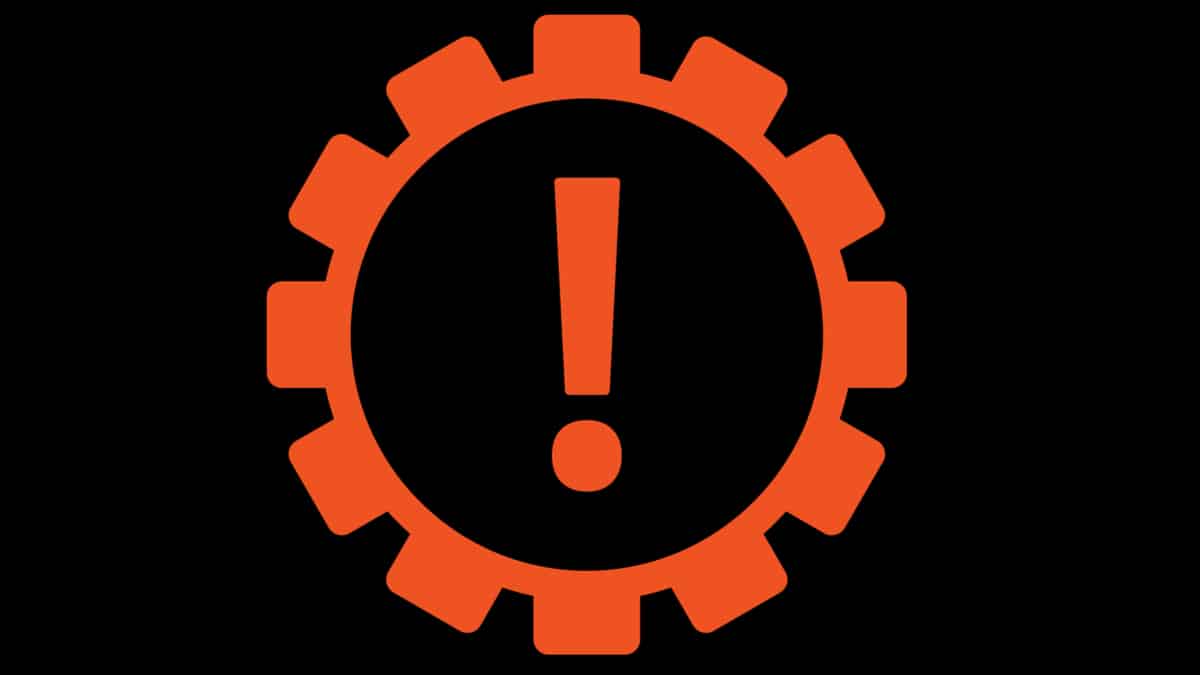You are driving your car, and suddenly the message “Tire Pressure Sensor Fault” appears on your dashboard. What does this mean, and how expensive will it be to fix it? Will it disappear once the tires are inflated with the correct tire pressure?
Tire pressure sensors are one of those modern car features that are supposed to be invisible. When they work correctly, you don’t even know they’re there. But when they go wrong, it can be a real pain to figure out what’s going on. In this post, we’ll explain what a tire pressure sensor fault message is, and walk you through how to fix it. So read on to learn more!
What does the Tire Pressure Sensor Fault mean?
The “Tire Pressure Sensor Fault” message indicates that there is an issue with the tire pressure monitoring system (TPMS). There is most likely an issue with a tire pressure sensor or the connection to the sensor.
The error code may tell you that the tires’ air pressure is too low or too high or that one of the tire pressure sensors is defective.
It could also be caused by a faulty TPMS control unit, faulty wiring, or a TPMS reset. The easiest way to find out is to read the error codes from your TPMS control unit with an OBD2 scanner.
4 Causes of the Tire Pressure Sensor Fault message
There are some reasons that could cause the tire pressure sensor fault message to appear on your dashboards. Remember to always check the trouble codes before making any conclusions, though. Here is a list of the 4 most common causes of a tire pressure sensor fault message:
1. Faulty Tire Pressure Sensor
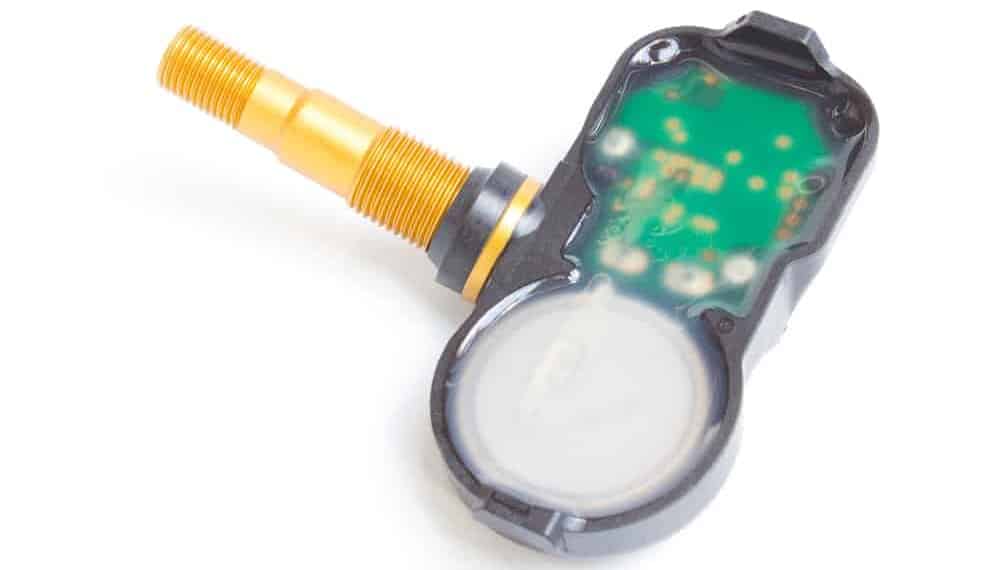
A faulty tire pressure sensor is, unfortunately, the most common cause of this message. Tire pressure sensors are located in the tires and have batteries in them. After some years, these batteries may run out of batteries, and you have to replace the whole sensor.
2. Tire pressure sensor lost memory
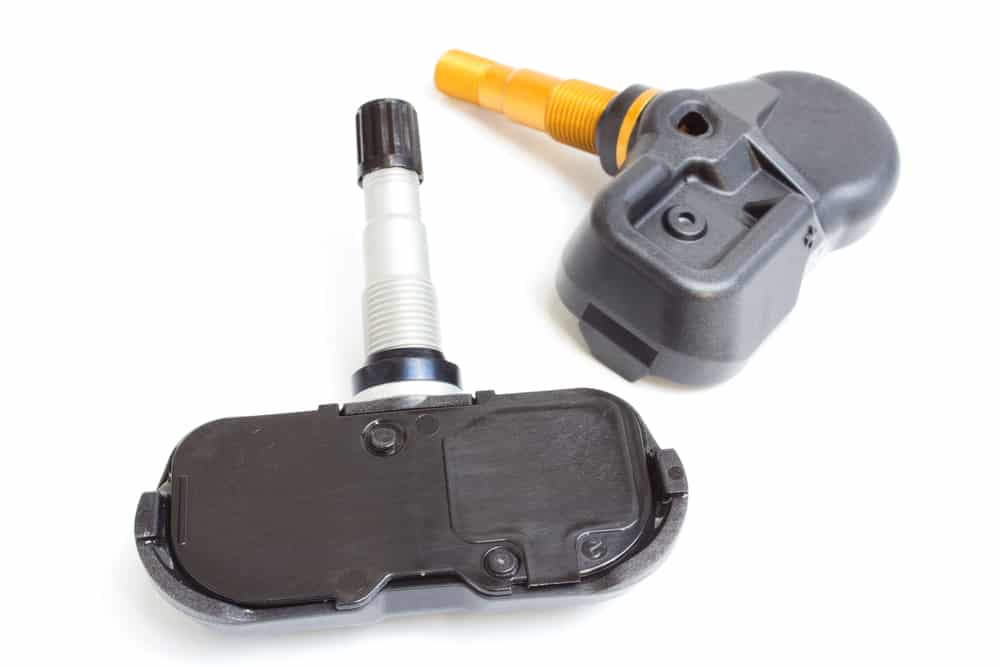
Sometimes it happens that the tire pressure control module and the tire pressure sensors lose communication with each other. If this happens, it can sometimes work to reprogram the sensors. To reprogram the sensors, you need a TPMS reset tool.
3. You changed wheels

If you live in a colder country with cold weather, you probably change between the summer and winter tires. You may not know that you have to reset the TPMS after the wheel change, and if your car was never equipped with these tires before, you need to program the sensors to your car. If the tire pressure sensor fault message appeared after the tire change – you might need to program the sensors.
4. Low Tire Pressure
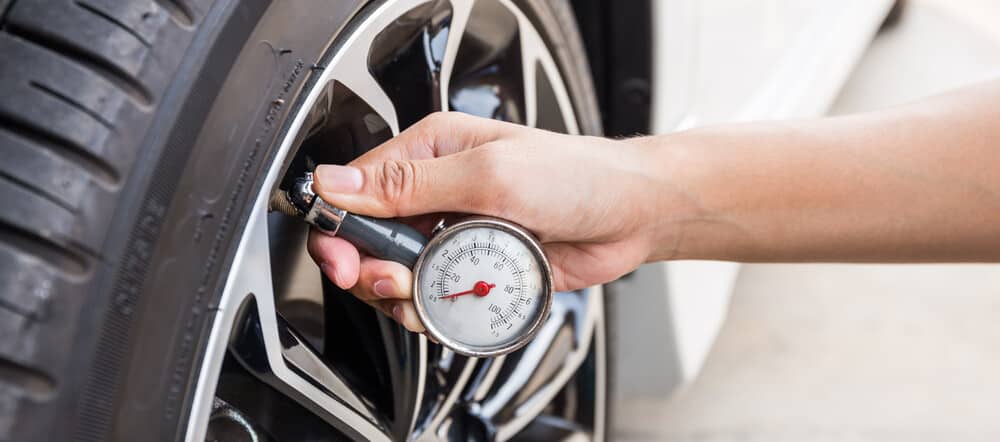
In some car models, the tire pressure sensor fault light can also mean low tire pressure in your car. Inflating your car tires is pretty easy, but if you don’t know how to do it, you can go to any workshop or fuel station and let it do for you. Make sure that you do not overpressurize your tires, as the tire pressure sensor fault light is also activated when the tire air pressure is too high. The tire pressure must be exactly correct.
How does a TPMS system work?
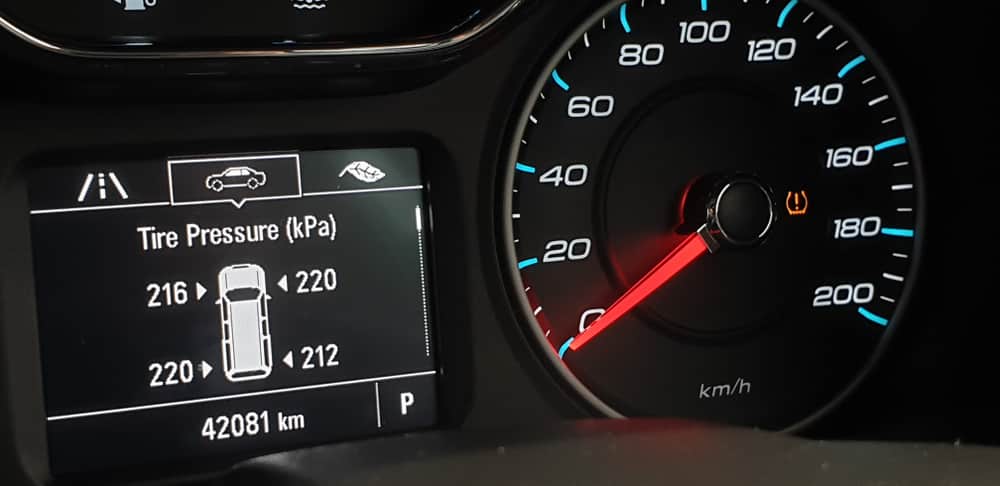
A TPMS system can operate in two different ways. If you have a vehicle manufactured after 2007, you will most likely have a TPMS system in your vehicle. Some vehicles have sensors in each of the tires. The sensors detect what tire pressure you have and send that information to your TPMS control unit.
If the tire pressure is too high or too low, or the control unit cannot communicate with your sensors, the message “Tire Pressure Sensor Fault” appears on your dashboard.
Other cars have no sensors in their tires, and they use the ABS sensors to calculate your wheel rotation. If you have low pressure, the wheel diameter will be more compressed and must rotate faster to reach the same speed as the car. If the speed at one wheel is different than the other wheels, the vehicle stores this as an error code in your TPMS or ABS.
For this reason, you must drive for a distance before the car displays the tire pressure for you. This is only a simple estimation and not the exact tire pressure.
How to fix the “Tire Pressure Sensor Fault” Message?
Fixing the tire pressure sensor is often pretty straightforward, and here are some tips on how to easily fix this message.
1. Check tire pressure
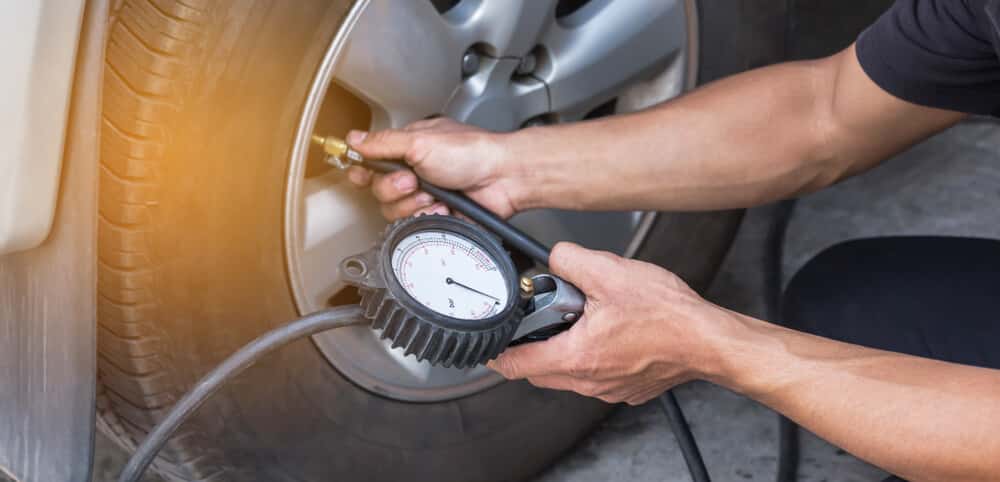
First, you should make sure that you have the correct tire pressure in all your tires. Check your tire pressure with a tire pressure gauge. To find the correct pressure, you should check the tire pressure label. You can often find the label on the body behind the driver’s door. You can also find it in your repair manual.
2. Reset with the tire pressure button or with a Scanner
Once you have inflated your tires to the correct pressure, you often have to manually reset the system. Some cars have a reset button, and in some cars, you should drive for around 15 minutes until the lights go out. Refer to your repair manual to reset the TPMS system on your vehicle. In some vehicles, you need a diagnostic tool to reset it.
3. Read trouble codes
If the error still occurs, you will need to read the TPMS system error codes to see the error codes. It could be a communication error with one of your tire pressure sensors or a damaged tire pressure sensor. Only the diagnostic tool can tell you. Remember that, in order to read the TPMS control module, you will need a diagnostic scanner to read enhanced trouble codes.
4. Reprogram Tire Pressure Sensors
Sometimes the tire pressure sensors lose the communication or programming values to the TPMS control module. If this happens, you have to reprogram all sensors to the control module. This can often be done with a quality TPMS reset tool.
5. Replace faulty tire pressure sensor
If you have tried everything but the problem still occurs, you probably have a faulty tire pressure sensor. Check the trouble codes to see which sensor is implicated, and replace that sensor. Do not forget to reprogram the sensors after you do this.
Where is the tire pressure sensor located?
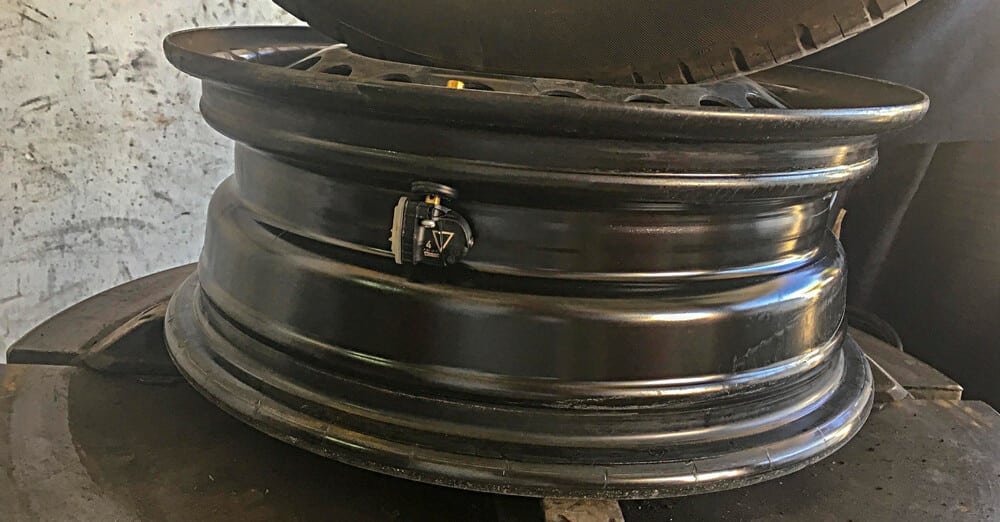
Tire pressure sensors are typically installed inside your car tires. You can usually see it when you look at the tire air valve. When a tire pressure sensor is installed, you can often see a nut placed around the valve, but not in all cases.
The only way to find this out is to remove the tires from the rim or call your authorized dealer and ask them.
Is it okay to drive with a tire pressure sensor fault?
Yes. It is okay to drive with a tire pressure sensor failure if you check and monitor the pressure in your tires to ensure the pressure is correct. Driving with low tire pressure is both dangerous and bad for your car.
How much does a new tire sensor cost?
The price can range from $30 to $80 for a new tire pressure sensor, but it depends on the type of sensor. If you don’t know how to install and program the sensor yourself, it will generally cost an additional $30 to $50 to pay a mechanic to do it for you.
Can you replace tire sensors yourself?
You can replace a tire pressure sensor yourself, but it’s not easy. The sensors are located inside the tire, so you have to remove the tire to get to them. And if you don’t have the right tools or expertise, you could damage the sensor or the tire.
How much does it cost to fix a tire pressure sensor fault?
Fixing a tire pressure sensor fault message can cost anywhere from $0 to $500. If the cause of the failure is only low tire pressure, you can fix it for free. However, if there is an electrical fault or a faulty tire sensor, you could spend a few hundred dollars.
The tire pressure sensor fault message indicates that there is a problem with the tire pressure monitoring system. The tire pressure monitoring system includes the TPMS sensors and the TPMS signal receiver.
When there is a problem with the TPMS system, it is in most cases either because of incorrect tire pressure in one of your tires, or because the TPMS system was not properly reset. However, it can also happen if a TPMS sensor loses memory or is bad.
A tire pressure sensor fault is a common problem that can be easily fixed. By checking your tires regularly and keeping them inflated to the proper pressure, you can avoid this issue in many cases.
If you do experience a tire pressure sensor fault, but don’t have the knowledge to inspect these issues yourself, don’t hesitate to take your car to a qualified mechanic to have it diagnosed and repaired as soon as possible!
Sources:
§ 571.138 Standard No. 138; Tire pressure monitoring systems.
Learn more:
- Is It Dangerous to Drive with Low Tire Pressure? (& What to Do)
- 10 Best Portable Tire Inflators
- Do Tires Lose Air If The Air Tire Valve Cap Is Missing?
Categories: Tires, Troubleshooting, Warning Lights
